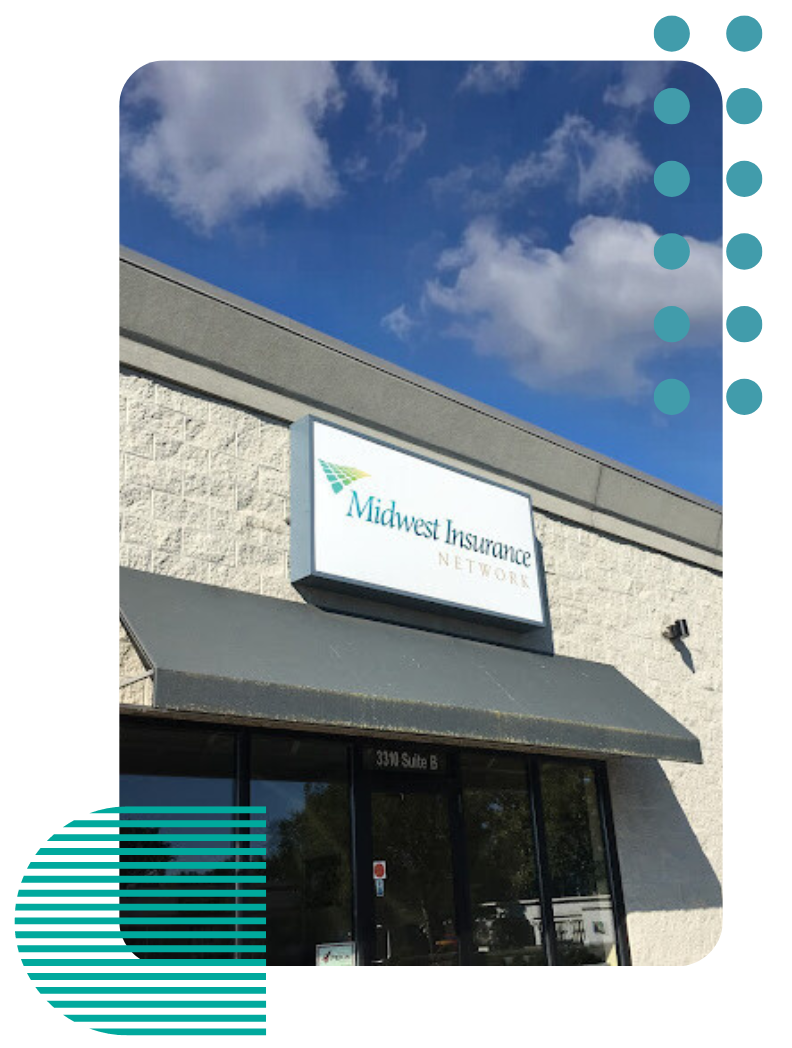Index
Contact Us
Phone
agency@midwest-insure.com
Location
Northwood, OH
3310 Woodville Road, Suite D
Northwood, OH 43619
Elmore, OH
361 Rice Street
Elmore, OH 43416
Flood insurance is a crucial aspect of homeownership in Ohio, a state known for its unpredictable weather patterns and susceptibility to flooding. This comprehensive guide aims to provide you with all the necessary information about flood insurance in Ohio, from understanding what it covers to how to purchase a policy.
Understanding Flood Insurance
Flood insurance is a specific type of insurance coverage that protects your home and belongings from water damage caused by flooding. Unlike standard homeowners insurance, it covers losses directly caused by flooding, which can be a result of heavy or prolonged rain, coastal storm surges, snowmelt, blocked storm drainage systems, or dam failure.
It's important to note that flood insurance is typically not included in standard homeowners or renters insurance policies. This is why homeowners in areas prone to flooding, like Ohio, often opt for additional flood insurance coverage.
Why is Flood Insurance Important in Ohio?
Ohio is particularly susceptible to flooding due to its geographical location and climate. The state experiences heavy rainfall, especially during spring and fall, which can lead to significant flooding. Furthermore, Ohio's extensive river system and numerous dams increase the risk of flooding.
Without flood insurance, homeowners in Ohio may have to bear the financial burden of repairing flood damage out of pocket. This can be a significant expense, especially considering that just one inch of flooding can cause up to $25,000 in damage.
Purchasing Flood Insurance in Ohio
When it comes to purchasing flood insurance in Ohio, homeowners have two main options: the National Flood Insurance Program (NFIP) and private flood insurance.
The NFIP is a federal program managed by the Federal Emergency Management Agency (FEMA). It offers coverage for both the structure of the home and its contents. However, it's important to note that there are certain coverage limitations and exclusions.
National Flood Insurance Program (NFIP)
The NFIP offers two types of coverage: building property and personal property (contents). Building property coverage insures your home and its foundation, electrical and plumbing systems, central air and heating systems, and permanently installed carpeting and cabinetry. Personal property coverage insures your personal belongings such as clothing, furniture, and electronic equipment.
However, the NFIP has maximum coverage limits of $250,000 for your home and $100,000 for its contents. If the value of your home or belongings exceeds these limits, you may want to consider purchasing excess flood insurance from a private insurer.
Private Flood Insurance
Private flood insurance is an alternative to NFIP coverage. It's provided by private insurance companies and can offer higher coverage limits and more flexible policies. For instance, some private insurers offer coverage for living expenses if you're forced to relocate temporarily due to flood damage.
However, private flood insurance can be more expensive than NFIP coverage. It's important to compare quotes and policy details from multiple insurers to ensure you're getting the best coverage for your needs.
Factors Affecting Flood Insurance Costs in Ohio
The cost of flood insurance in Ohio can vary greatly depending on several factors. These include your home's location, its age and construction type, your deductible and coverage amount, and whether or not you have a basement or crawl space.
For instance, homes located in high-risk flood zones, known as Special Flood Hazard Areas (SFHAs), typically have higher insurance premiums. Similarly, older homes that haven't been updated to meet current building codes may also have higher insurance costs.
Flood Zone
Your home's flood zone is one of the most significant factors affecting your flood insurance cost. FEMA uses Flood Insurance Rate Maps (FIRMs) to determine the flood risk for different areas. Homes in high-risk zones (A or V zones) have a higher chance of flooding and therefore have higher insurance premiums.
If you're unsure of your home's flood zone, you can use FEMA's online Flood Map Service Center to find your official flood map.
Home Features
Features of your home, such as its age, construction type, and elevation, can also affect your flood insurance cost. For example, homes built below the Base Flood Elevation (BFE) are more prone to flood damage and may have higher insurance premiums.
Similarly, homes with basements or crawl spaces may have higher insurance costs as these areas are more prone to flood damage. However, you can potentially lower your insurance cost by making certain improvements to your home, such as installing flood vents or elevating your utilities.
How to File a Flood Insurance Claim in Ohio
If your home suffers flood damage, it's important to know how to file a flood insurance claim. The first step is to notify your insurer as soon as possible. You'll then need to document the damage and complete a Proof of Loss statement.
It's also a good idea to take photographs or video footage of the damage before starting any cleanup or repair work. This can provide valuable evidence when filing your claim.
Documenting the Damage
When documenting the damage, make a list of all damaged or lost items, including their approximate value and any receipts or other proof of ownership. This will help your insurer determine the amount of compensation you're entitled to.
Remember to also document any structural damage to your home. This includes damage to walls, floors, and major appliances.
Filing the Claim
Once you've documented the damage, you'll need to complete a Proof of Loss statement. This is a sworn statement of the amount you're claiming, including necessary supporting documentation. The Proof of Loss must be filed within 60 days of the flood.
After you've submitted your claim, your insurer will review it and determine your compensation based on the terms of your policy. If you're unhappy with the claim settlement, you can appeal the decision with your insurer or seek assistance from the Ohio Department of Insurance.
Conclusion
Flood insurance is a vital consideration for homeowners in Ohio. By understanding what it covers, how to purchase a policy, and how to file a claim, you can ensure that you're adequately protected against the financial risks of flooding. Remember to compare quotes from multiple insurers and consider both NFIP and private flood insurance options to find the best coverage for your needs.




